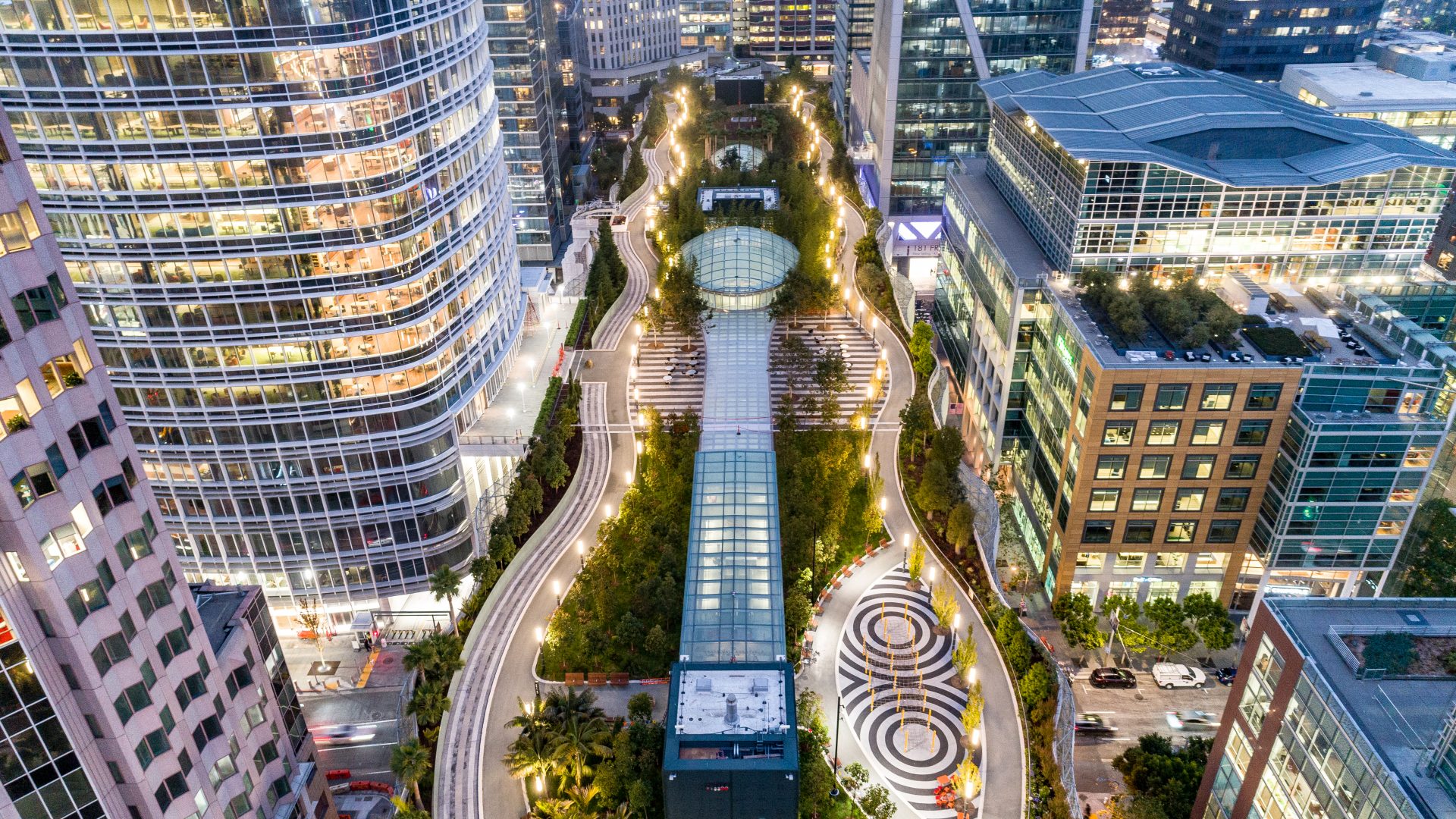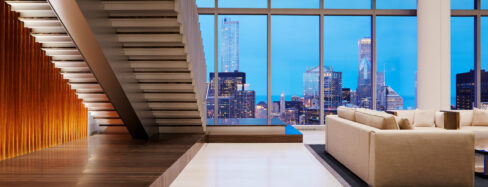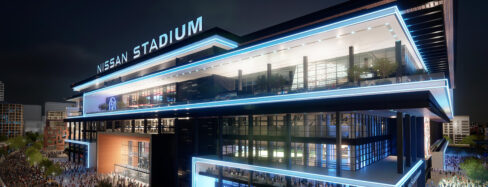Light is an essential infrastructure element in the design of public spaces, but it is often the least understood – and thus, not utilized to its full potential. But as lighting and controls technology has evolved, and the emphasis on sustainable design has become commonplace, cities around the world have begun to explore the exciting opportunities made possible through smart lighting systems.
There are a number of drivers that might compel a city to implement advanced lighting technology in the public realm, including asset maintenance, improving data collection capabilities, or the prestige of being considered one of the most innovative cities in the world. But regardless of the motive, the primary challenge lies in establishing city-wide community adoption. A critical step in this process is to engage stakeholders, understand their priorities and overarching goals, and educate them on industry standards. This type of community engagement allows the public to vet solutions, raise questions and concerns, endorse the new design, and feel a sense ownership in the process, all of which can lead to a more streamlined and amenable adoption. It is important to establish priorities for each of these stakeholder groups, as they may have conflicting interests. For example, one group may be in favor of more lighting for safety purposes, while another may want less lighting for environmental considerations. Understanding these concerns is vital to the process of developing an appropriate solution.
In some of our recent work with the City of Miami Beach, HLB participated in extensive community engagement efforts to create lighting standards that will help guide the city as they prioritize their needs and take steps towards becoming a Smart City. These standards were developed in response to a variety of complex considerations, including contrast ratios, long distance visual cues, visual acuity, optical performance, advanced IOT technology, environmental conditions, maintenance, and appropriate illumination levels.
City standards for minimum illumination criteria are often based on needs for safety and security, which can sometimes result in light trespass and high energy consumption due to the lighting solutions required to meet minimum foot candle requirements. Adaptive dimming (dimming at specific times that only brightens when motion is detected), when paired with optical performance, is a high-tech solution that can minimize light trespass and sky glow and provide significant energy savings. HLB utilized this approach at West End Square, an open smart park in Dallas, Texas that is due to open in March 2021. Our team designed a control system with a field of motion sensors that responds to both the time of day and movement of pedestrians. After 11 PM when the park is officially closed, the lighting dims down to 10% brightness. If someone walks through the web of motion sensors, light levels return to full strength and only dim back down to 10% if motion is not detected for five minutes. With this solution, the park maintains the minimum light levels required for safety and security while respecting nearby residences, reducing sky glow, and saving 90% of the energy that would normally be consumed.
The development of these advanced technologies has transformed the traditional “light pole” into something we call a “vertical asset.” The integration of two-way communication, wi-fi hotspots, security cameras, 5G nodes, and color changing branding opportunities are popular requests. As lighting designers, it is critical that we first understand the existing conditions and construction and operation budgets so that we can advise clients on which technologies can, and should, be implemented. In a recently completed section of the Miami Baywalk Riverwalk in downtown Miami, the client was looking for a dynamic color-changing design element that could brand and connect the public pedestrian paths. HLB was challenged to work within a tight budget to replace the existing light poles, which had no previous data infrastructure. By integrating a Bluetooth-controlled mesh network into the new fixtures, our team created a budget-friendly dynamic lighting solution that increased visibility and created a branded identity that can be seen from across Biscayne Bay.
In addition to the multiple opportunities for revenue generation from advertising over wi-fi hotspots, leasing of 5G nodes, or data collection, cities can realize significant financial benefits through the optimization of maintenance and asset cataloging. Smart infrastructure and predictive planning are the future of urban environments, allowing cities to showcase their place on the global stage within the realm of technology. Marketing incentives, opportunities through cost-neutral avenues such as public/private partnerships, and significant lifetime ROIs are only some of the reasons that cities are exploring smart lighting systems. Miami Dade County is on the verge of embarking on a 15-year smart city program with a public/private partnership to deliver smart city technology/IOT and maintenance strategies, all of which will be cost-neutral to the County.
Lighting and controls technology is constantly changing and improving, which is why it is critical to engage an agnostic team that is design and performance based. Universal solutions that are flexible and scalable should be top of mind, while maintaining a strong understanding of stakeholder priorities and community buy-in. This is just the tip of the iceberg for the adoption of smart lighting systems, and we will all reap the environmental and financial benefits as it becomes more widespread.


